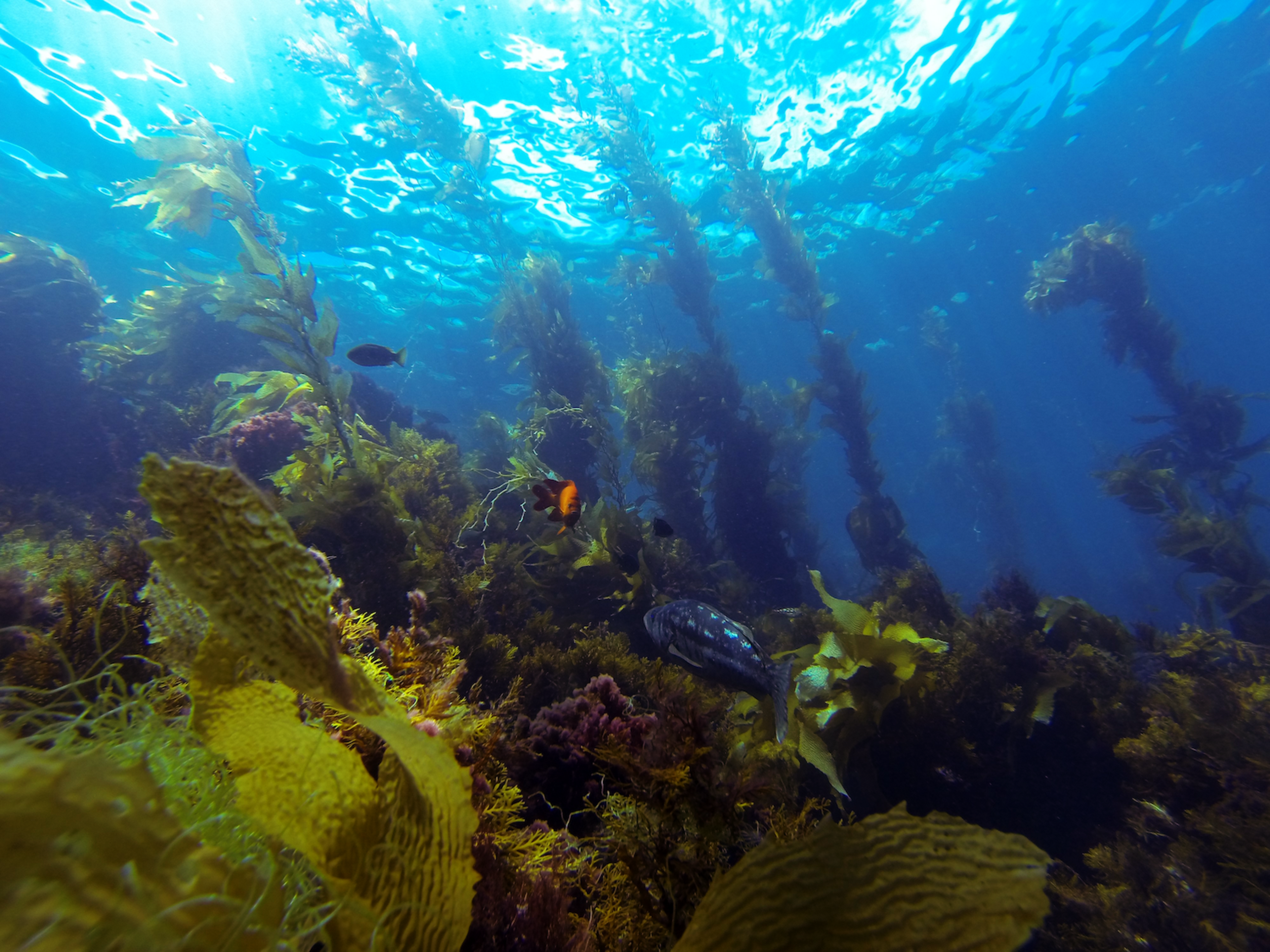
Kelp restoration Santa Monica Bay
Info
Purchase type
By funding this project you are contributing to their work. You will receive impact reports and measurements but you won't receive a carbon credit.
Categories
Background
The kelp forest ecosystems off the southern California coast are known to be some of the most diverse and productive ecosystems in the world. They are vital for providing habitat and food for over 700 marine species and protect neighboring coastlines from erosion and pull in carbon dioxide from the ocean as they grow. Globally, kelp forests have been lost to sea urchins, which in great numbers consume and prevent the recovery of kelps. The Bay Foundation restores these kelp forests with teams of SCUBA divers.
Why did we choose this project?
Once lost it can take decades to centuries for these kelp forests to recover. The Bay Foundation, (TBF) is a world leader in the restoration of kelp forests, supporting international partnerships, method development, and technological innovation. TBF’s decade long-precedent setting work has required over 12,000 hours of underwater research and restoration illuminating a course of action to recover these forgotten forests. The methods are replicable and scalable providing sustainable benefits to wildlife, recreation, and fisheries.
How does it work?
TBF biologists use SCUBA to map, delineate and estimate the density of sea urchins in urchin barrens, which were formerly kelp forests. When too dense, urchins can devour entire kelp forests and limit their natural recovery. They suppress urchins in defined zones to reduce purple urchins to a target density of 2/ m². Subsequently, TBF biologists, survey the entirety of a restoration site to ensure that standards are met. By reducing the urchin density, grazing of kelp is diminished, to allow for the kelp to grow and replenish the reef with life.
How do we know it's working?
The approach has been honed over 20 years producing defensible and replicable restoration techniques. Scientific monitoring and analysis quantify the changes from these efforts; which have consistently produced increased biomass, species richness, and kelp density. Urchins in a restored kelp forest have improved health, demonstrated through 168% increases in gonad weight, comparable to urchins in healthy kelp forests. TBF publishes detailed data in their annual reports and via peer reviewed journals with partners, that describe these dramatic effects.
Star fact
The sea otter is a keystone species of kelp forests, one of the most productive marine habitats. The otter prey on sea urchins that eat the kelp, helping the seaweed forest to thrive
UN Sustainability Goals
Verified by Pinwheel
5 Dec 2022
Location
San Pedro, Santa Monica, California, USA